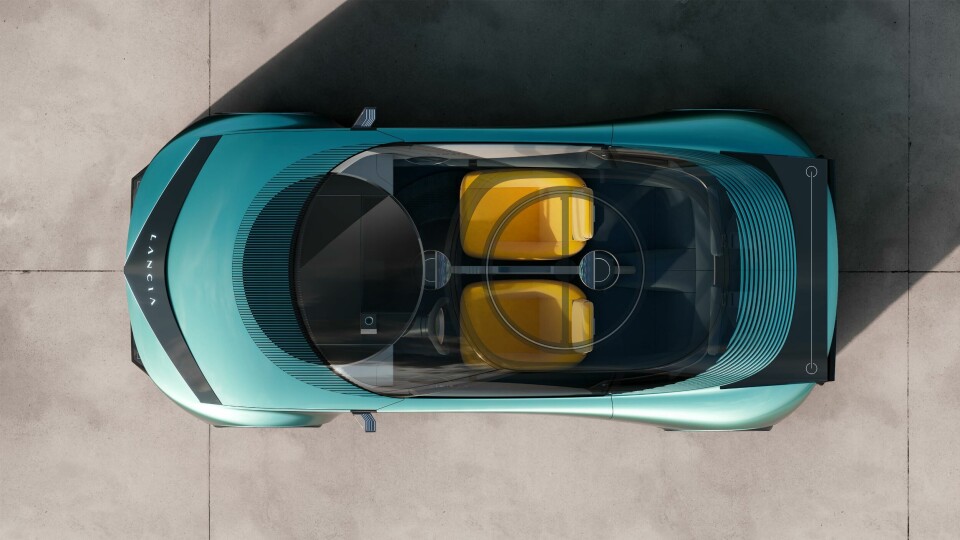
Interior Motives: Lancia Pu+Ra HPE
Lancia is back with a concept that promises a bright future for the beloved brand by pulling together Italian mastery of furniture design and domestic landscapes with simple shapes
The Pu+Ra HPE is the conceptual manifesto that new Lancia owner Stellantis hopes can resurrect the historically innovative brand after decades of under-investment and lack of product development. After limping along as a one-model brand since 2015 and with that Ypsilon nameplate only sold in its native Italy since 2017 (although still a strong seller there), Lancia is finally getting a product re-boot and wider sales footprint.
Three new confirmed products are planned. Starting in 2024 there will be a new Ypsilon – a 4.4m-long, low-slung, five-door crossover with hybrid and EV powertrains and followed in 2025 by the (sportier) Ypsilon HF, then in 2026 an EV-only 4.7m-long Gamma and in 2028 the 4.4m-long Delta, by which time Lancia plans to be an EV-only range. Early markets beyond Italy will be Spain, Portugal, Belgium and France, followed by Holland and Germany across 70 dealers and European cities, and described by Lancia PR as the first step in “the brand’s internationalisation process”, i.e. it will want to get into right-hand drive markets like the UK and Japan (where it has a cult following) too.
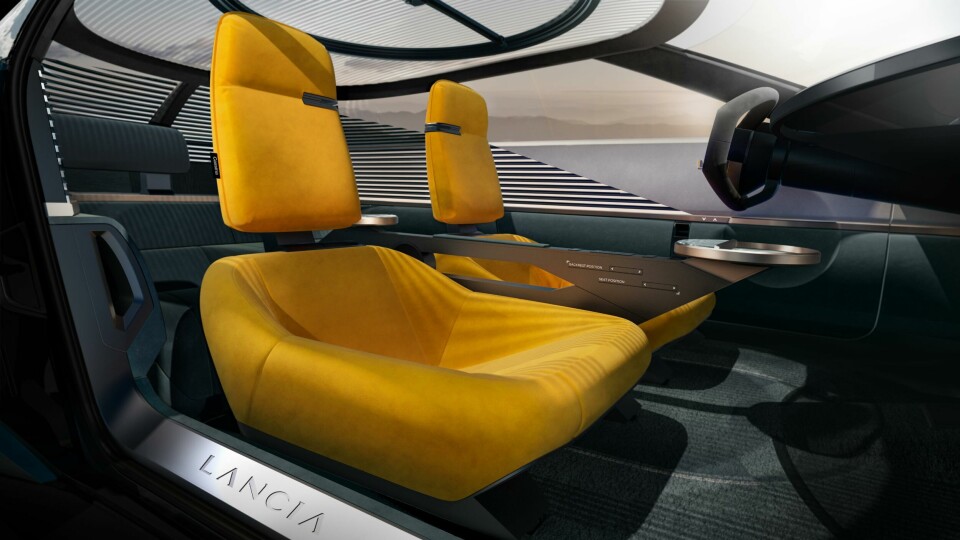
So the 2023 Pu+Ra HPE concept is a very big deal. So big, that Jean Pierre Ploué, one of Stellantis’ joint chief design officers, personally took on the Lancia design boss role as well. But while famous Lancia exteriors can easily be visualised by those of a certain age – from the smooth and simple lines of the 1950s Aurelia and 60s Flaminia to the wedgy 70s Stratos and 80s Delta – the look and feel of Lancia’s historic interiors are perhaps less easy to recall.
Interior Motives asked the question directly to self-confessed ‘Lancista’, Gianni Colonello who pitched for the job of head of Lancia interior design in 2021 after nine years at Maserati where he helped create the Grecale, Levante and award-winning Alfieri concept.
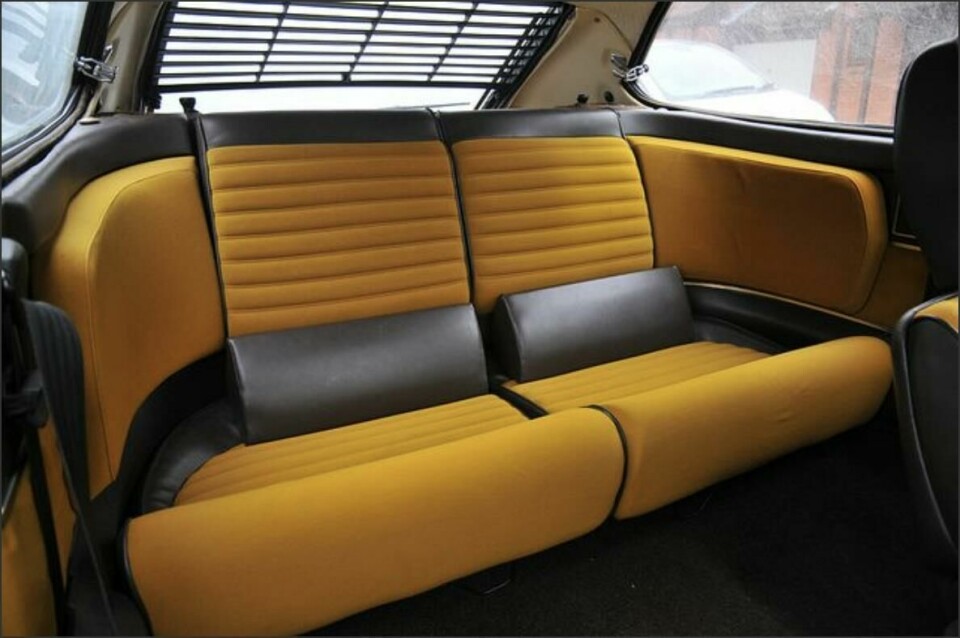
“Actually, Lancia was very disruptive from one model to another,” he begins. “There was a constant line which on one side focused on the quality of material – comfort basically – and on the other side was never scared to be a little more daring. In the 1970s the Beta was very futuristic and electronic device-inspired. And there was also a lot inspiration from furniture. Think about the HPE or Gamma Coupé for example, they have free-standing seats that are reminiscent of the work of furniture designer Joe Columbo. What makes Lancia, Lancia? Overall, we think it’s the construction and clarity of the shapes.”
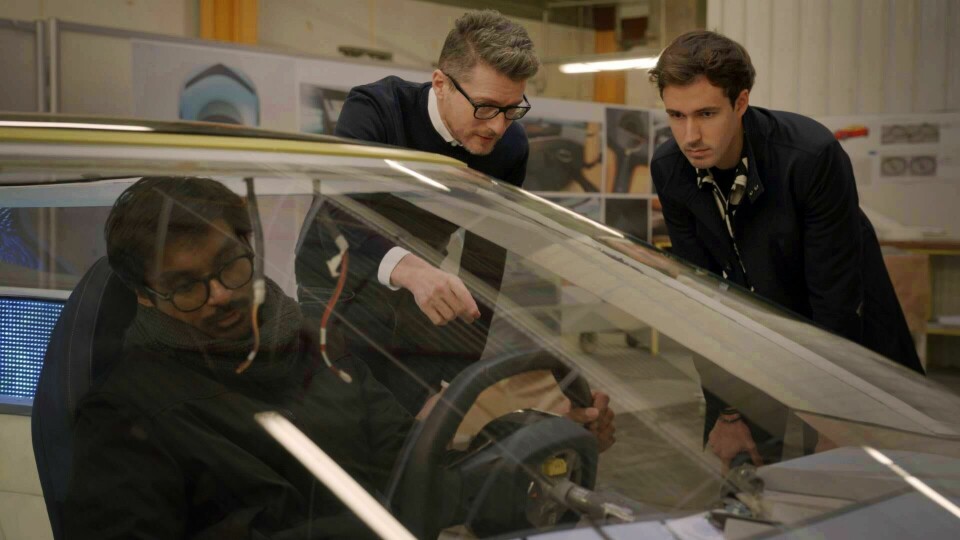
Colonello says the concept took about 14 months and the design team had a very clear idea on what direction it should take from the outset. “We had already in our mind what we wanted as a design language,” he says. “Pure and Radical [thus the concept’s ‘Pu+Ra’ title] made up of pure shapes, simple geometry, iconic elements and at the same time a radical contrast between different elements. The construction of the interior and exterior of Lancias are usually very honest, evident and easy to spot, compared to an Alfa Romeo for example, which is more sculptural, sexy and muscular. On Lancia the construction lines are usually visible and understandable. It’s more of an architectural design approach.”
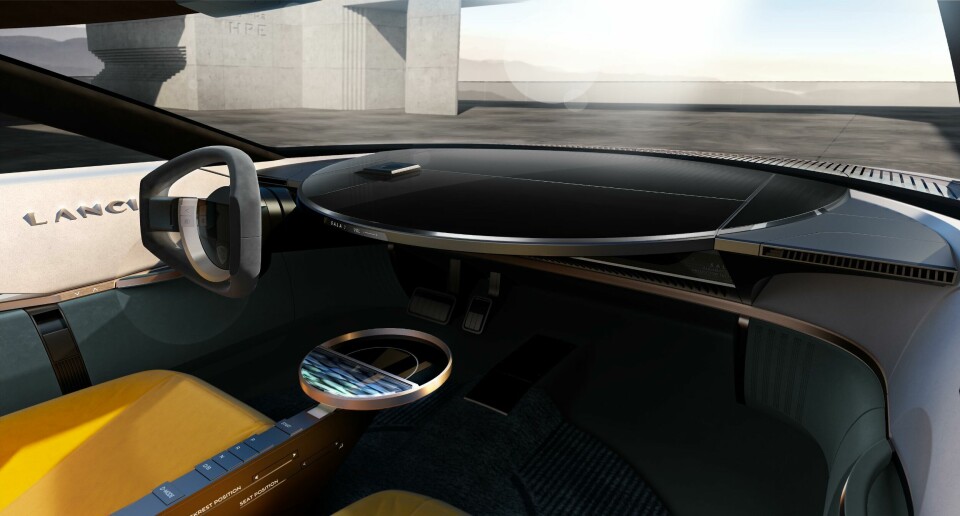
How many themes were discussed before the team came up with this solution? “We did a few months research, but the idea of the unexpected strong element in the circular instrument panel (IP) came out immediately from one sketch,” says Colonello. “We did some reviews, but we stayed with that theme. We took some inspiration from the embracing nature of the cabin too. It was kind of quick. We made an interior buck, in full size and painted it to confirm the colour – we tried a few – but went with this lively solar colour in the end. We decided to go on the bright side.”
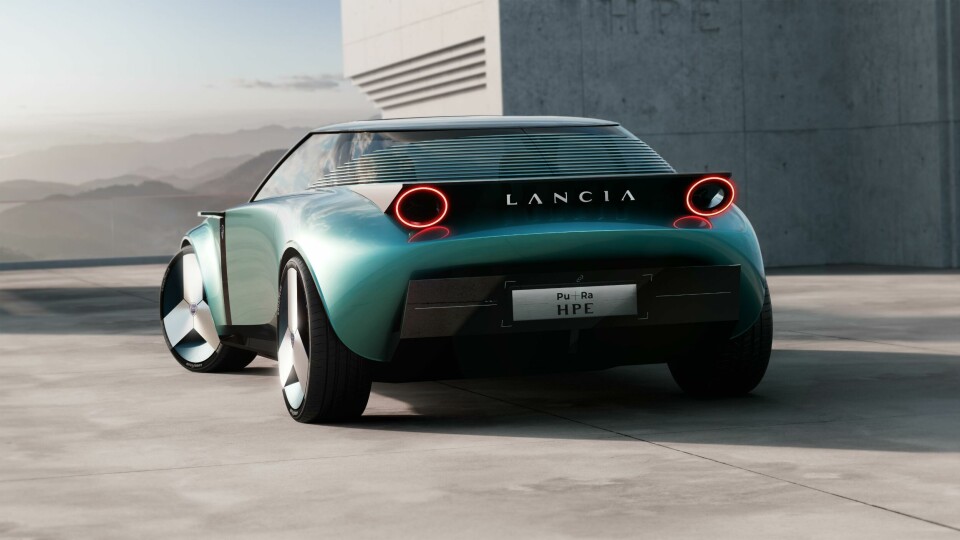
Although the first forthcoming new production Lancia is tipped to be a five-door crossover / hatchback (based on the same eCMP platform used by Stellantis sister products the Vauxhall/Opel Mokka, Peugeot 208 and Jeep Avenger) the Pu+Ra HPE is a much lower, two-door coupé with a very clean cabin and clearly not a ‘production-teaser’. Was that idea hard to get past management?
We wanted to push Italian excellence in furniture design
“We work in parallel on everything, the design language, the concept car and the production car,” says Colonello. “This was not meant to be a production car, but the design language in here is totally related. Jean-Pierre Ploué was not scared about that. You will see that in the production car in the front and back and in some interior detail treatments, materials and construction lines.”
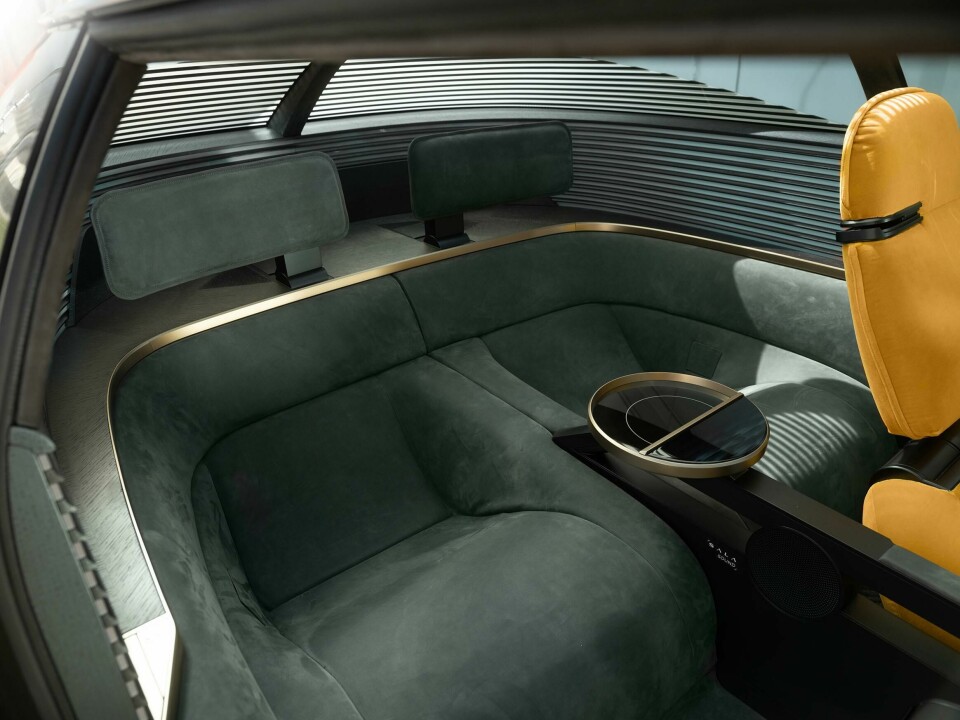
Sitting inside the Pu+Ra HPE – as Interior Motives has already done – the cabin feels more spacious than you might imagine from the outside, aided by a low seating position, clear roof and a distinct lack of clutter and visual disturbance. The front and back seats are visually connected by a very slim centre console inspired by home hi-fi, which links two circular ‘coffee tables’.
Ahead of the front table is a huge circular IP, which tilts down 17 degrees when the driver instructs, and makes a pleasing sci-fi-style ‘boing’ noise as it does so to confirm its awakening. “When you tilt it down it goes completely opaque, allowing for a back projection,” says Colonello. “We wanted these elements to be as thin and floating as possible and it’s only ‘on’ when you need it. Otherwise it’s just a simple piece of pure material.”
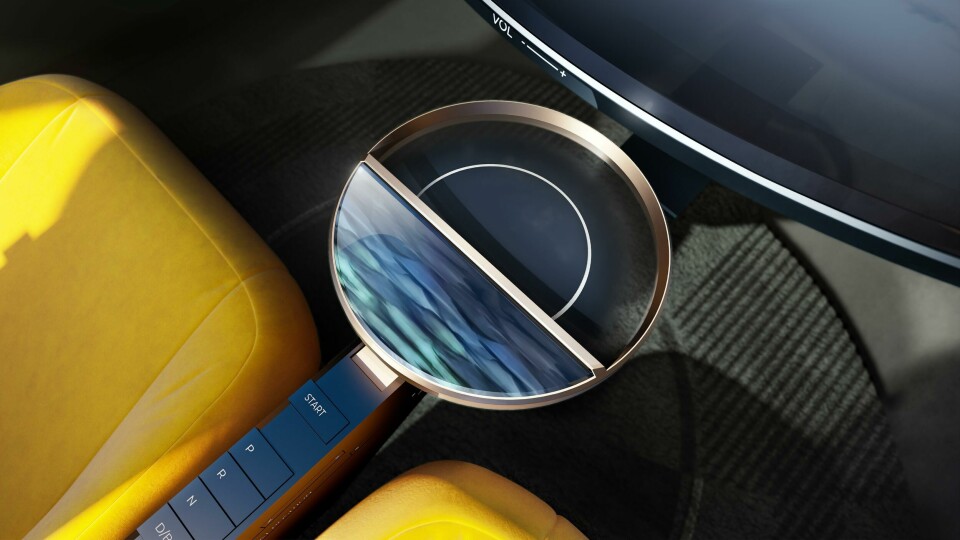
Other striking details within the concept are the repeated graphic lines that wrap around both the side, rear and roof sections (in a nod to the 1975 Lancia Beta HPE’s similarly vented rear window and C-pillars). Able to be switched from white to clear or black, they act as ‘digital Venetian blinds’, variously providing some privacy for the passengers or helping them see out better, as required.
A three-to four inch horizontal strip a the top of the windscreen, can do the same, acting like virtual sun visor when necessary. It is technology that is already mature in other fields like architecture, so Colonello is hopeful it could make automotive production too, saying, “nowadays, electric things tend to cost less than physical parts.”
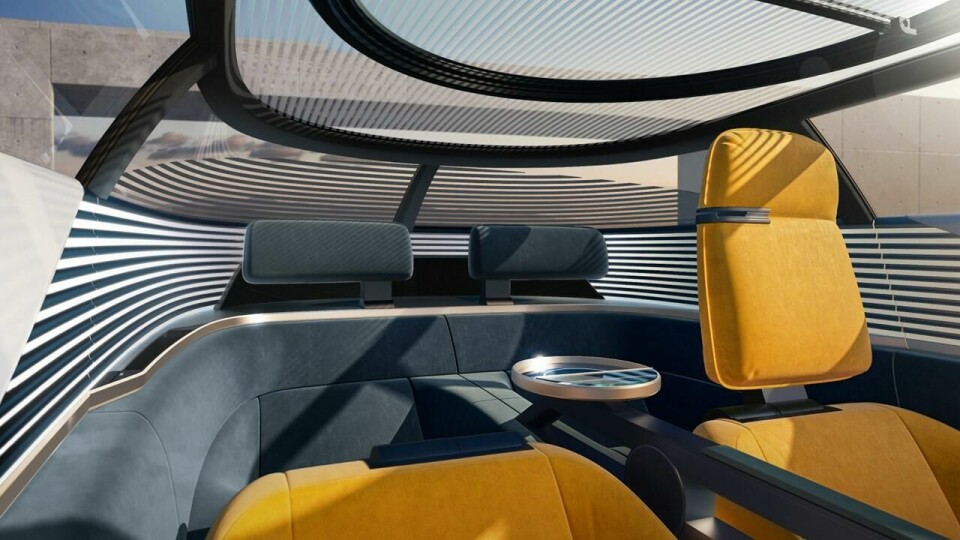
Adding to the domestic interior vibe are the seats, which are decidedly non-automotive in shape, style and upholstery and different from each other too. The two front seats were inspired by the 1973 Maralunga armchair by Vico Magistretti for Cassina in terms of design and mood, and Lancia went so far as to launch its concept car outside the furniture-maker’s flagship shop during 2023’s Milan Design Week to reinforce the connection.
As Colonello explains: “On the interior we wanted to push Italian excellence in furniture design and Lancia’s history related to ‘well-being’ and being ‘at home’. We went through different options but Cassina spoke best to our objectives. We liked the balance of their ideas and ours in wanting some eclecticism. In the home, you might have a round table and a chair and then a console. All have different shapes, but they find a balance and that’s what we wanted to recreate. Something with more layers, but still playing with simple shapes – the circle, the straight and inclined lines – while keeping the geometry.”
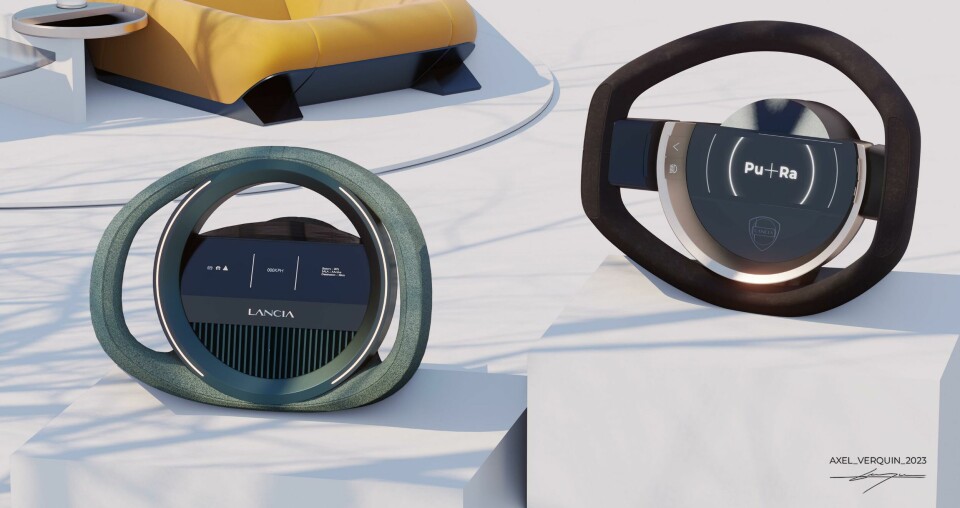
This eclectic approach extends to the sustainable materials used in the concept too, as VP colour & material design, Stellantis, Rosella Guasco adds: “Eclecticism is also expressed through the material itself and among them we can point to cellulose acetate, which is a recycled material produced from post-industrial and post-consumer waste and due to its very nature, combines graphics, colours and stylistic features that make it unique and very distinctive.” This type of sustainable approach will feature in Lancia’s new production cars, with the brand stating that “50% of the touchable surfaces will be eco-sustainable”.
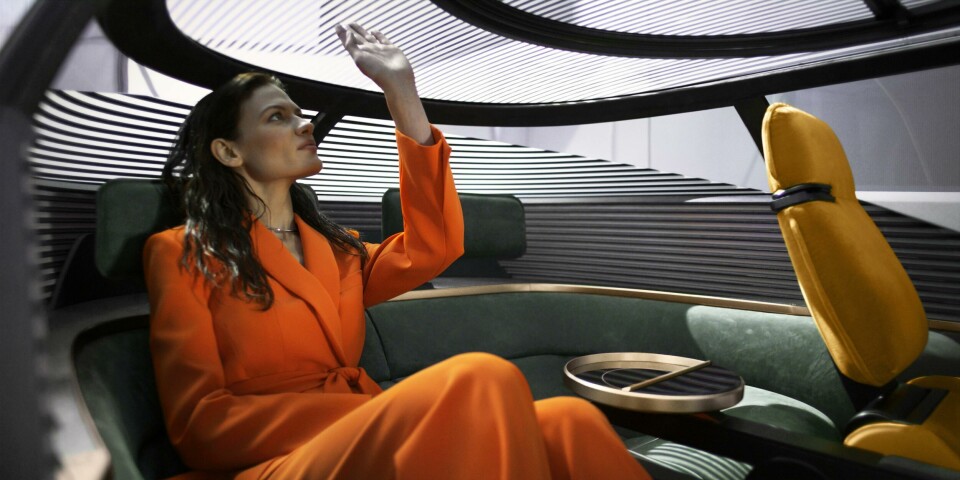
While the concept may lack practical necessities like proper luggage space or cupholders, Colonello is quick to reassure that such items will be present and correct in the 2024 production Ypsilon, alongside “some elements we’re not allowed to tell you about yet, but which are related to how you live in the car, in a very easy ‘domestic interior’ way, and in a way that doesn’t usually happen in regular cars.”
Together with its showcased software, which features an artificial intelligence system called ‘SALA’ (‘Sound, Air, Light, Augmented’) and which is tipped to assist self-driving in time, Lancia will be hoping its combination of design warmth and new tech can give the brand a compelling platform to make itself relevant once again. As a bit of a ‘Lancista’ myself, I really hope that’s the case. The Pu+Ra HPE is certainly a convincing start.






